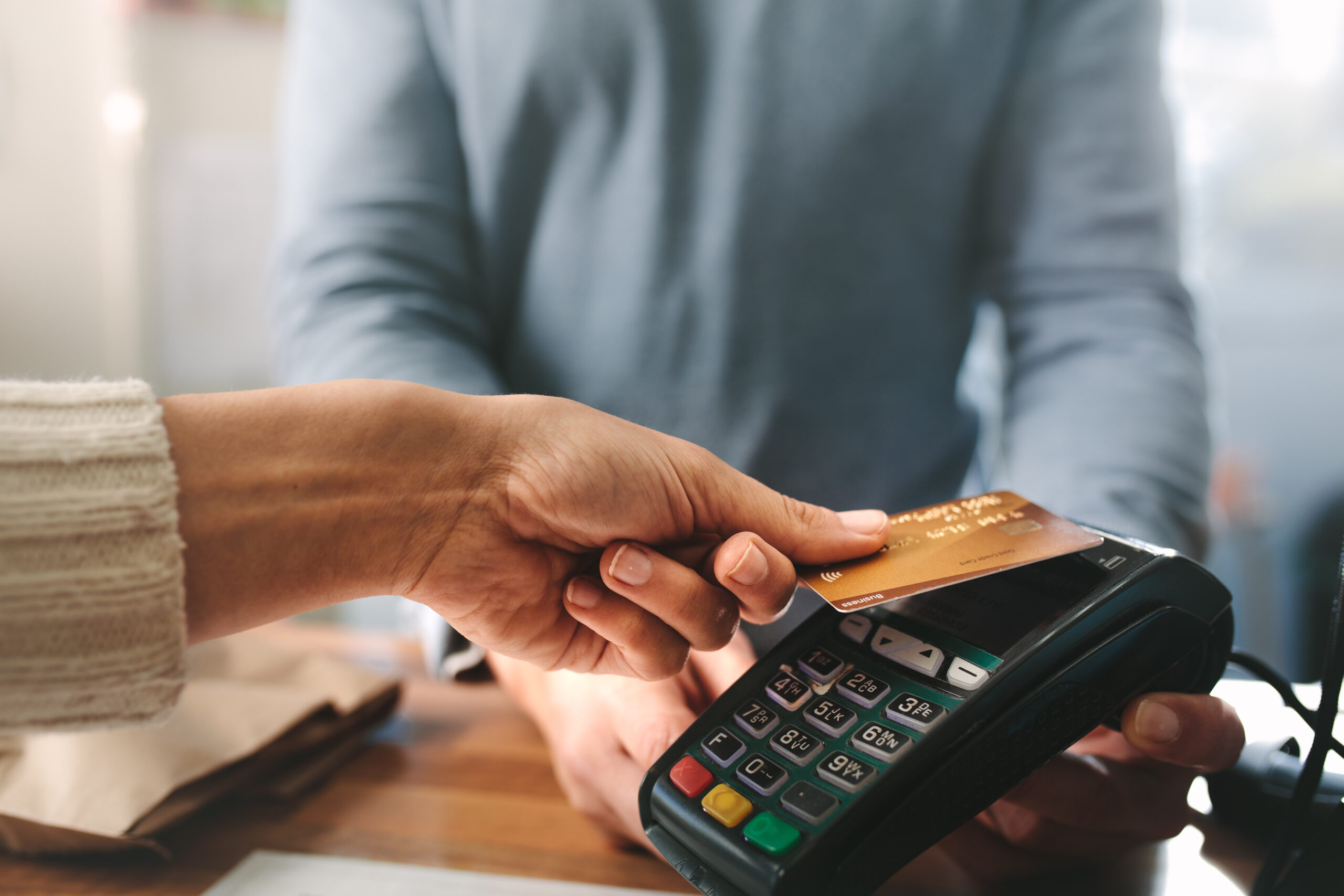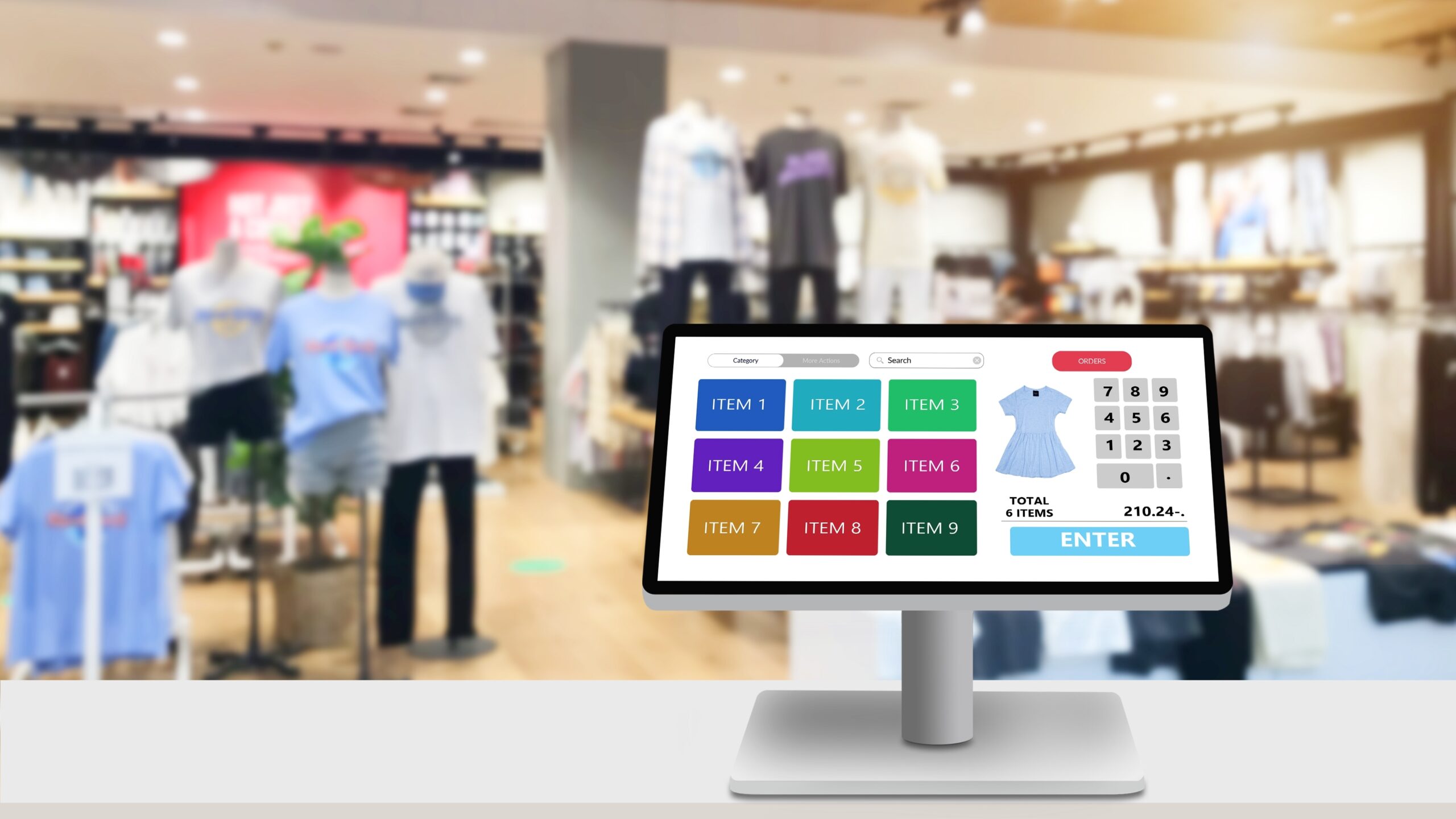- Sales & Support : (844) 931-1923
- Sales & Support : (844) 658-3800
- Marketing
- Apr 04
Everything You Need To Know About Wireless Credit Card Processing In 2024

Wireless credit card processing is non-negotiable when a fast and seamless checkout experience is a priority for your business. Many customers also feel that the checkout process is vital for their shopping experience. In fact, most will not hesitate to switch stores if they find your competitor’s checkout process easier.
Therefore, investing in a solid checkout system for your business can help you stand out among your competitors. And this is where wireless credit card processing comes to play. But how exactly does this technology work? To help you understand better, US Card Solutions has explored this topic in-depth, covering how wireless processing works, its benefits to businesses, and where to find no-contact terminals.
How Wireless Processing Works
The secret is in the name: wireless. It defines the card reader or terminal the business uses for payment processing. The terminal can be contactless, chip-and-PIN, Swipe, or Tap. There are different types of wireless credit card processing, such as:
- Smart cards
- Credit and debit cards
- Key fobs
Wireless smart terminals transmit data using radio frequency technology or Bluetooth. Here is a breakdown of how the process works:
Step 1
This is the first phase of wireless credit card processing. It involves verification of the customer’s credit card information for validity and authenticity. Verification is done through a wireless card reader or a mobile app. The terminal securely communicates the purchase amount to the Merchant Service Provider (MSP) via a connection to a radio tower.
Step 2
The Merchant Service Provider sends the customer’s credit card information to the issuing bank to evaluate the validity of the card. If the card has sufficient funds to make the purchase, the issuing bank reserves the purchase amount for the merchant.
Step 3
The issuing bank returns an approval or decline message to the MSP.
Step 4
The transaction information is routed back to the credit card machine. The entire process takes approximately 10 seconds, depending on your network, hardware, and coverage.
Step 5
At the day’s end, the merchant settles all the terminal batches from the day. The funds are then wired from the issuing bank to the merchant’s account.
Why Businesses are Implementing Wireless Processing
Wireless credit card processing provides several advantages for businesses of all sizes, such as:
Improved Security
Wireless credit card processors have advanced security features such as tokenization and skimming that protect your business against online fraudulent activities. What’s more, wireless credit cards allow users to enter a PIN to authenticate transactions, introducing an extra layer of security.
Increased Flexibility
Wireless credit card processing enables businesses to accept purchase transactions without time and location constraints. This flexibility helps companies to increase sales, attract new customers, and adapt to the changing business landscape. Case in point, many businesses had to quickly change to contactless payments to promote customer safety during COVID.
Easier and Faster Transactions
A top benefit of wireless credit card processing for businesses is how it speeds up the checkout process. This helps avoid long lines during busy days.
Easier Than You Imagine
Introducing a wireless credit card processing system is not costly, despite what most people think. In fact, some companies will even offer you a free credit card terminal and train you and your staff on the technology at zero cost.
Set Your Business Up for Success Today
For any business, the advantages of accepting wireless credit card payments far outweigh any expenses involved. If you are interested in adding wireless payment processing to your checkout system, US Card Solutions is ready to help. Browse our package options and contact us today for more information or to get started.
IMG Credit: Jacob Lund
Related Posts

Maximizing Security in E-commerce Transactions: A Comprehensive Guide
At least 29% of e-commerce website traffic has malicious intentions. Cybercriminals are always looking to intercept and exploit the personal and financial information exchanged during e-commerce transactions for identity theft and fraudulent purchases. With the…
- May 14

The Role of Terminals in E-commerce: Bridging the Online-Offline Gap
Terminals are not a new invention in offline and online business. Almost all restaurants, e-commerce stores, retailers, supermarkets, convenience stores, and gas stations have one to process payments like credit and debit cards. Nonetheless, an…
- May 14
Recent Posts
- Maximizing Security in E-commerce Transactions: A Comprehensive Guide
- The Role of Terminals in E-commerce: Bridging the Online-Offline Gap
- Benefits Of Upgrading Your Terminal System
- Understanding Merchant Services Is Simple (when you work with US Card Solutions)
- 10 Signs It’s Time To Upgrade Your Restaurant POS System
Recent Comments